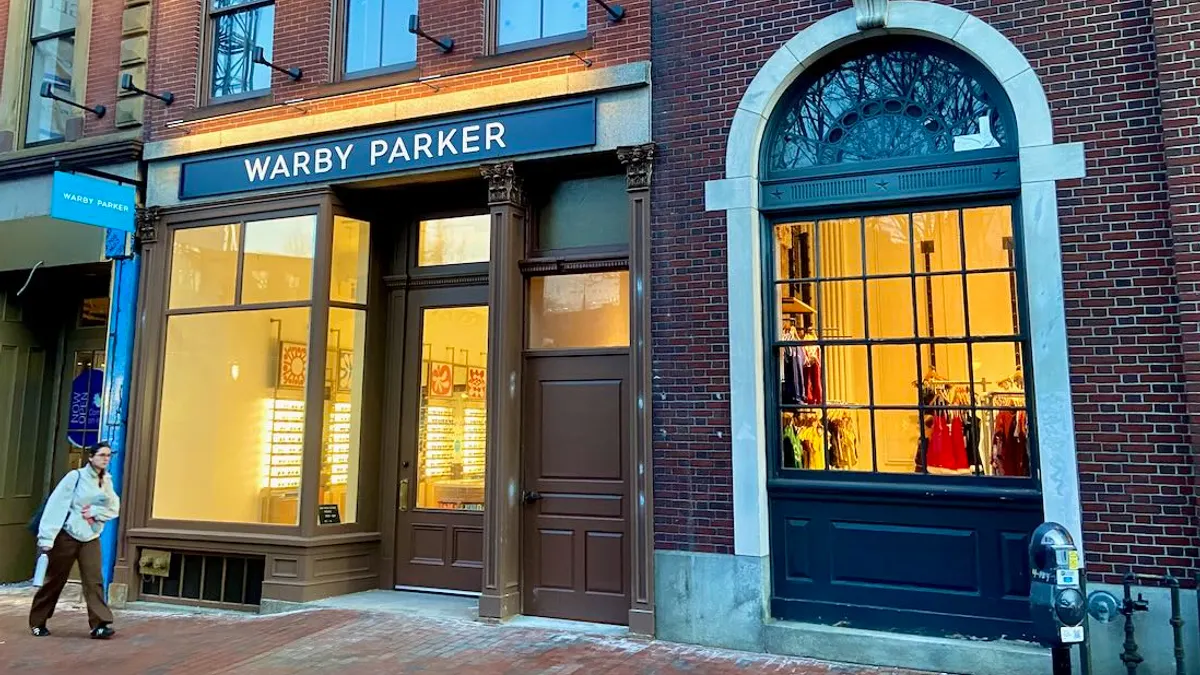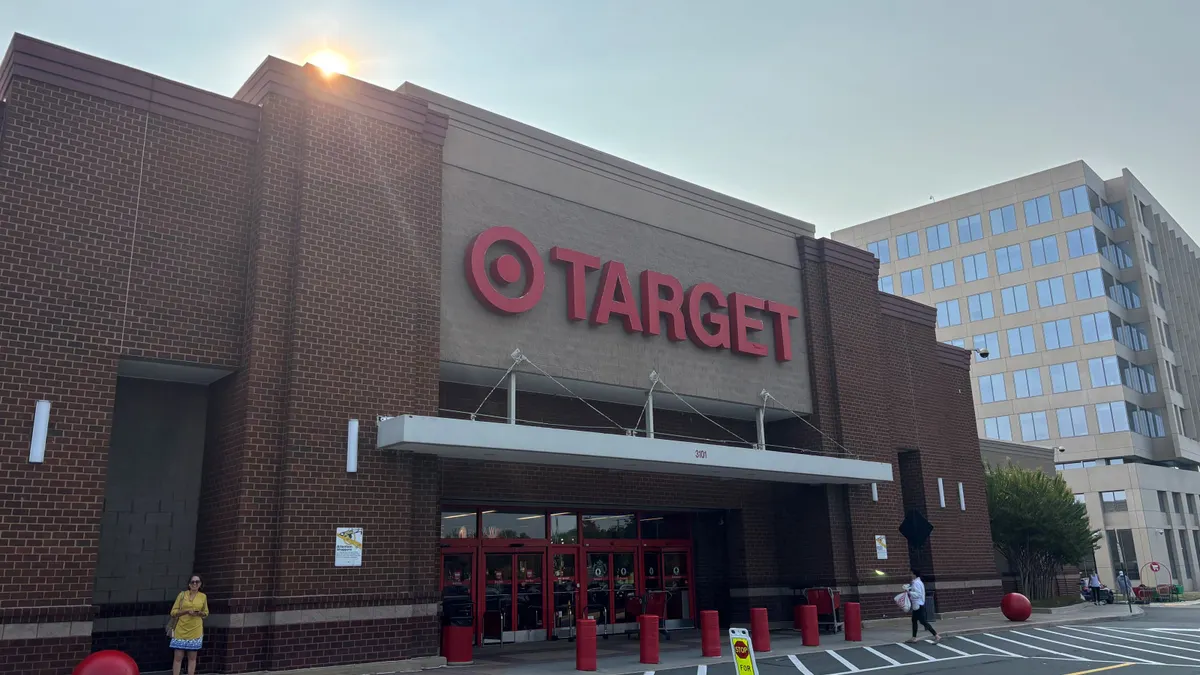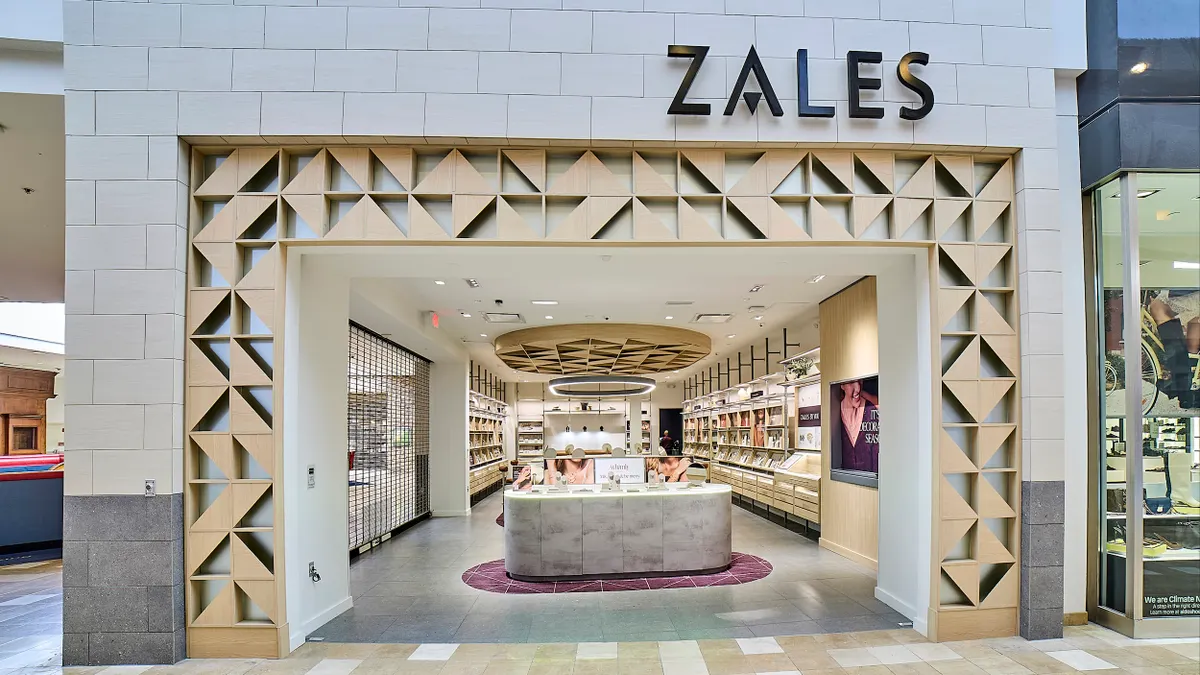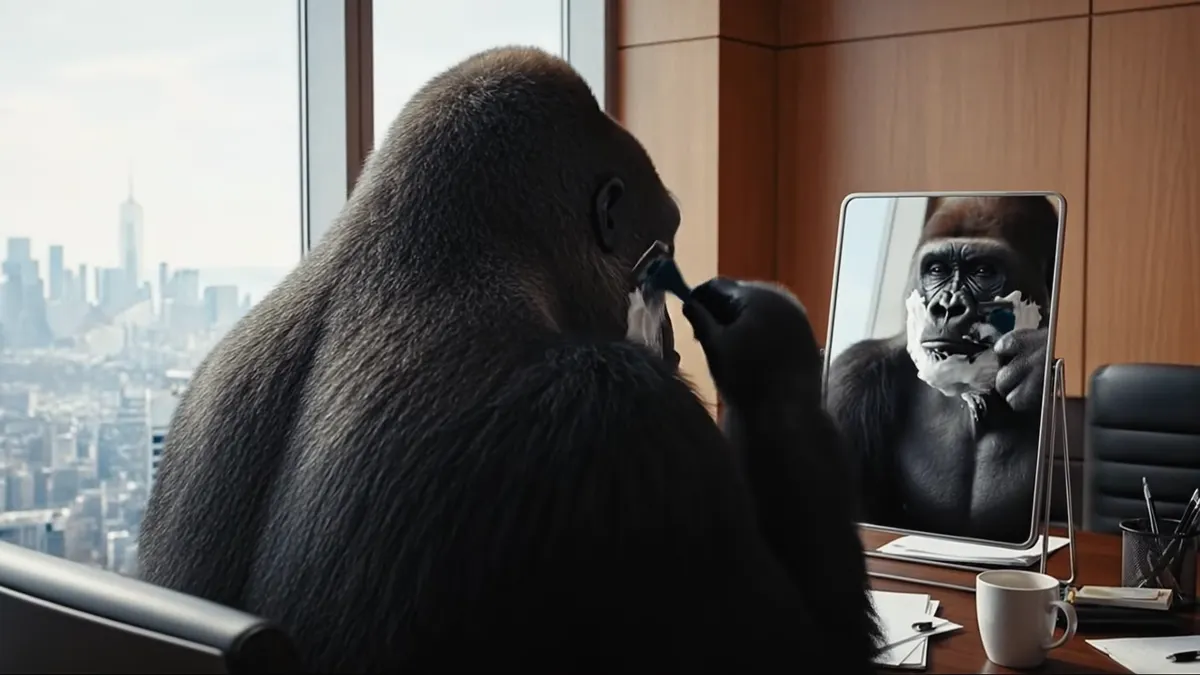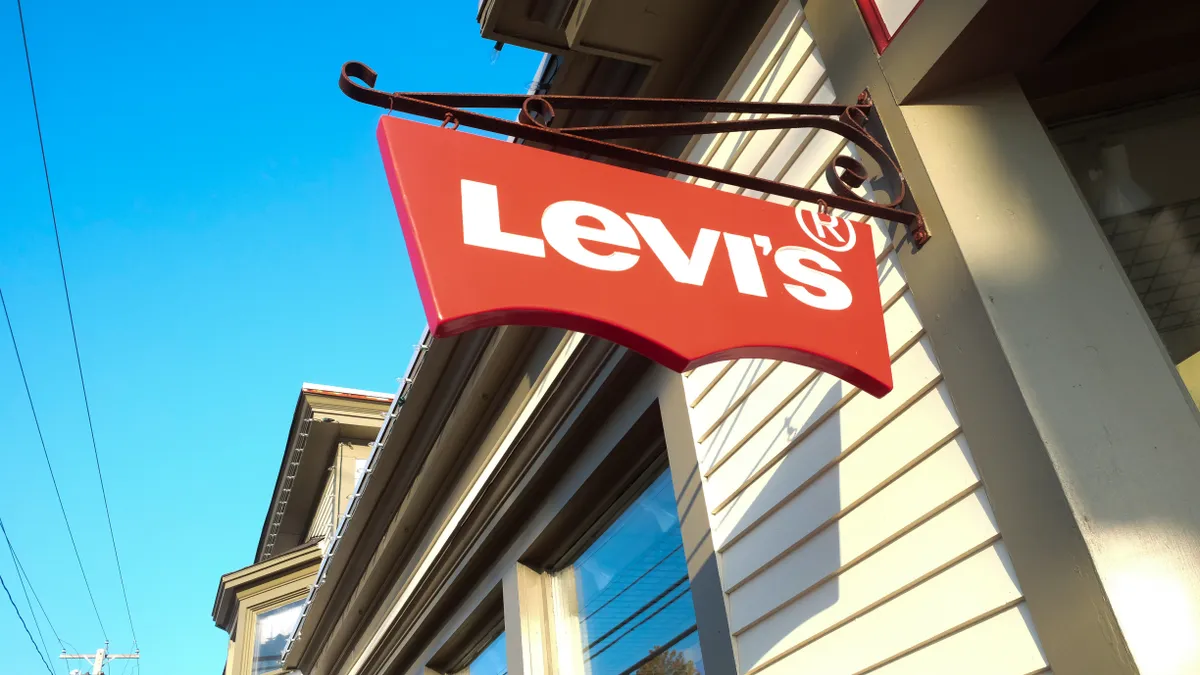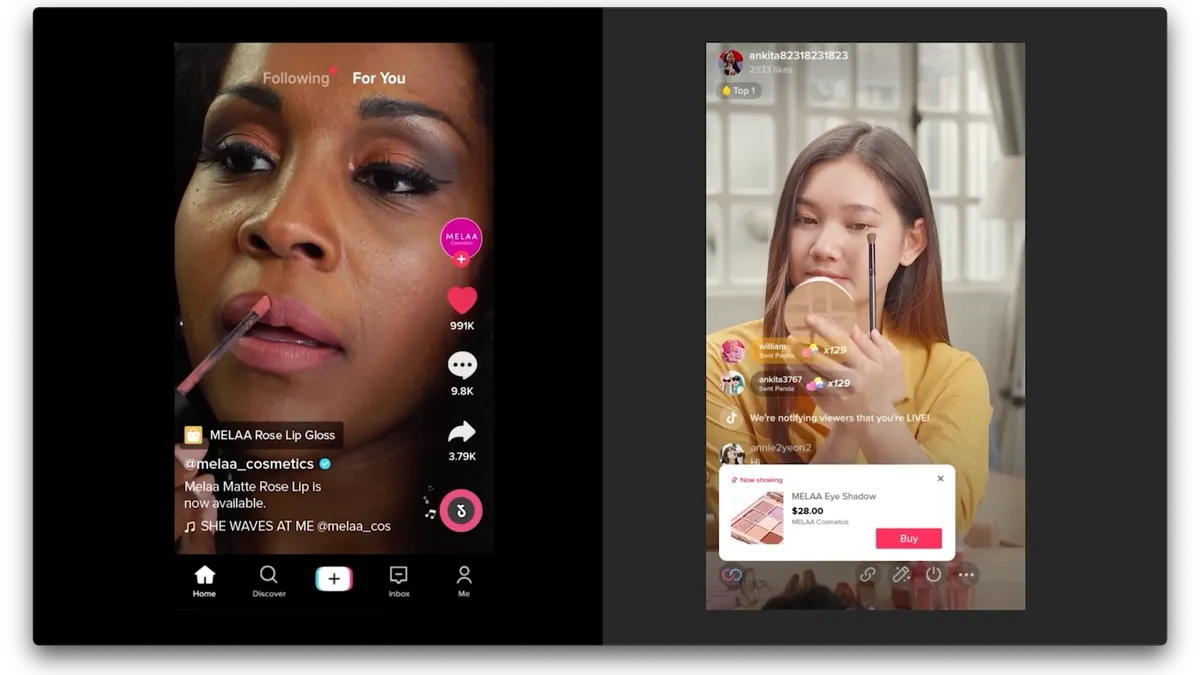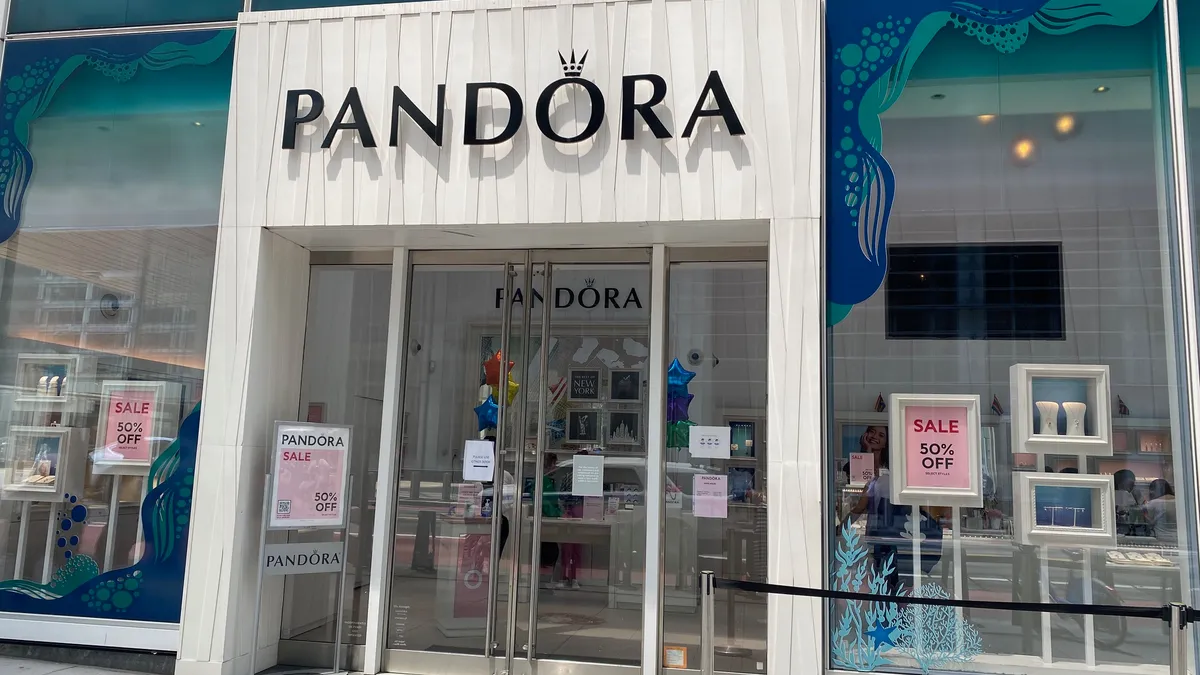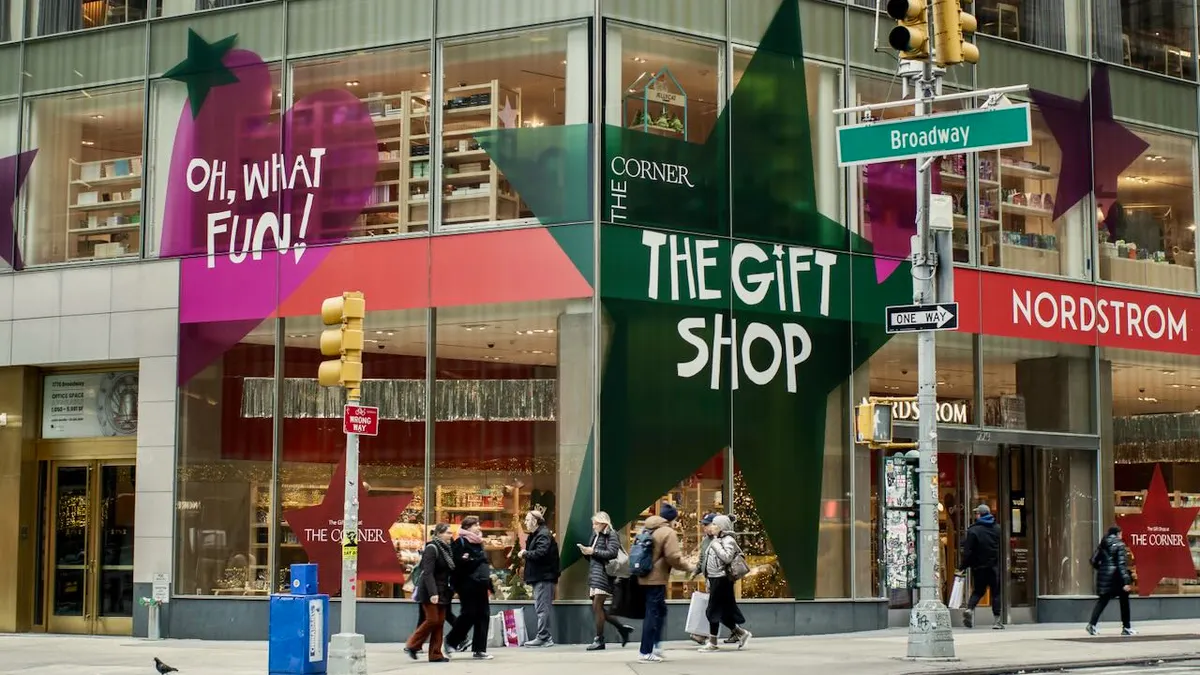When Warby Parker launched as a digitally native brand 15 years ago, it quickly realized that it needed to find a way to help customers feel confident purchasing eyewear online.
Without physical stores, co-founders and co-CEOs Neil Blumenthal and Dave Gilboa sought to develop a way to allow consumers to try on its eyewear before making a purchase. While the executives initially invited customers into Blumenthal’s apartment — where the brand got its start — to try on its products and complete online orders, it needed a longer-term solution as the brand scaled.
And so Warby Parker launched its popular home try-on program, where customers could have five frames shipped to their home to test out for free.
“We wanted to sort of overcome that challenge of buying without trying them on, and that is what led to the home try-on program, which is super innovative and novel,” Blumenthal said in an interview.
But a lot has changed since the brand was founded in 2010. For one, Warby Parker has over 300 stores and is in almost every market across the country, according to Blumenthal. Technology has also come a long way in the last 15 years, making it easier for online shoppers to see how the glasses frames will fit through virtual try-on.
That ultimately led to the brand’s decision last month to sunset its home try-on program at the end of the year.
But as Warby Parker moves beyond that popular feature — which some consumers have closely associated with its shopping experience — the brand is ready for its next era.
A growing offline presence
Warby Parker opened its first permanent retail store in 2013, located in New York City. Over the years, the brand has grown its footprint nationwide and celebrated the opening of its 300th location over the summer.
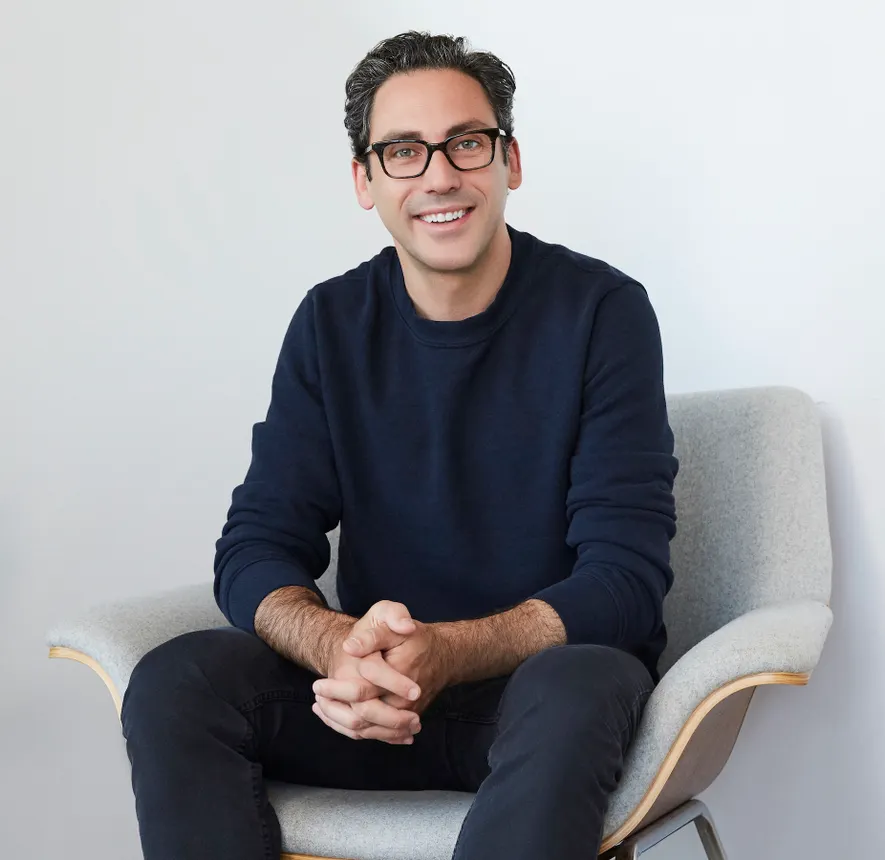
The company has taken a “very deliberate and controlled” approach to its brick-and-mortar expansion, Blumenthal said, opening roughly 40 stores per year between 2022 and 2024. And executives in August said the brand is on track to open 45 stores this year.
“We believe in sustainable growth, which is steady and consistent growth over years and decades,” Blumenthal said. While Warby Parker has a sizable footprint compared to when it started — and compared to many other DTC brands that launched around the same time it did — executives have repeatedly said they see the potential for the company to operate at least 900 stores eventually.
“Each year, we open up more stores than we did the previous year. So you should expect that ramp up to continue to accelerate,” Blumenthal added. “That way, we've hit that target in a thoughtful and sustainable manner.”
While Warby Parker initially disrupted the eyeglass market by promising to send glasses directly to customers via e-commerce, its stores have proven to be a valuable asset, according to Michael Brown, a partner and Americas retail leader at global consulting firm Kearney.
“Retailers have always needed a physical and a virtual presence,” Brown said. “If they were going to be an online store, they would be very, very capped in what their volume has been.”
Its store expansion has meant that most of the brand’s home try-on users live within 30 minutes of a Warby Parker store. That coupled with advancements in technology, including the brand’s own offerings, has led to the decision to end its home try-on service.
Mobile phone capabilities have become more advanced, helping to propel augmented reality and try-on tech’s usefulness. The company has also been working to integrate its in-store experience online. One way it’s tackling that is through Warby Parker’s Advisor tool, which it rolled out in the second quarter.
Advisor uses AI to provide a digitally guided experience to help customers select the frames that best suit their needs. Customers can access the Advisor feature within Warby Parker’s app and scan their face to get personalized recommendations based on their facial features, including shape, width and nose bridge, as well as their own style preferences.
“They've done a wonderful job developing virtual tools. You can look at almost any one of those frames on your face as if you were looking at it in a mirror,” Brown said. The brand’s virtual tech should be a “one-for-one replacement” for its home try-on program, he said, adding that “we're all becoming more used to doing things virtually without the physical product there.”
Warby Parker’s partnership with Target: ‘A very synergistic, accretive deal’
Warby Parker has expanded its distribution even further through a tie-up with Target that was announced earlier this year.
The companies in February announced plans to open five Warby Parker shop-in-shops in the second half of this year, with the first stores opening in Willowbrook, Illinois, and Bloomington, Minnesota, over the summer. The shops, run by Warby Parker’s employees, will offer glasses, sunglasses and contacts, as well as eye exams and vision screenings.
“When you're shopping in Target, you'll see a Warby Parker store. You'll literally cross that threshold and these stores look like any other Warby Parker store,” Blumenthal said.
But just months after Target and Warby Parker debuted their partnership, the mass merchant announced another would come to an end.
After about five years, Target and Ulta Beauty said their shop-in-shop concept would end by next August. But that doesn’t necessarily spell bad news for Warby Parker’s partnership with the mass merchant, according to Brown.
“Target is a great partner for anyone,” Brown said. “Target and Warby are going to cover a very, very wide spectrum of the population who has a need … I think it's a very synergistic, accretive deal for both of them.”
While Warby Parker operates in nearly every market across the country, Blumenthal doesn’t view it as a threat to the brand’s stand-alone stores.
“Most people need glasses within their lifetime, and the instance of refractive error is only increasing — unfortunately for humanity, but fortunately for our business,” Blumenthal said. “So we're not concerned about cannibalization. We're just focused on: How do we serve our customers as conveniently for them as possible?”
Editor’s note: This story first appeared in the Retail Dive: DTC newsletter. You can sign up for it here.



